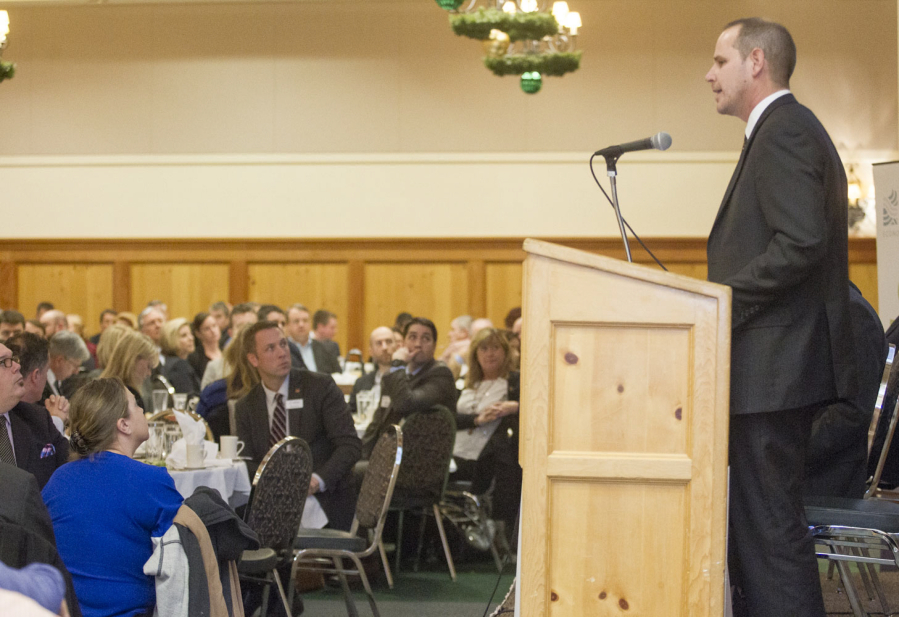Centennial Industrial Park
The port launched infrastructure work in 2013 on its 108-acre Centennial Industrial Park. The property features 17 acres that are ready-to-build and available for lease, and another 50 acres for future development. This year, the port kicked off construction of a 125,000-square-foot industrial building that will be available for lease next spring. The port last year sold 15 acres of the industrial park for $4.2 million to Sunlight Supply, an indoor gardening products manufacturer. The company is building a $32.6 million, 306,000-square-foot headquarters and operations facility for about 250 employees.
Potash export terminal
In mid-2014, the port ended its exclusive lease option with Australian mining giant BHP Billiton after four years of waiting to close a deal on a terminal to export potash, a crop fertilizer. The company would have leased nearly 100 acres at Terminal 5 for a deal that was to have attracted at least $250 million in private capital investment. The port said the project would have been one of its largest revenue producers. The deal collapsed due to falling prices for potash, the inability of BHP to complete work in its Canadian mine and the company’s difficulties in securing a rail transport contract. The Terminal 5 property remains vacant.
Tenant contract renewals
The port has more than 50 tenants. In 2015, it secured a 10-year lease extension with Subaru of America Inc., one of its largest tenants. It also negotiated a hard-fought 10-year extension with Northwest Packing Co., a fresh-fruit processor that had threatened to leave the port under a lease extension initially proposed by the port. So far this year, it has renewed leases with eight other tenants for periods ranging from five to 15 years.
Cargo exports
In 2015, the port became the third largest in the state when it moved 6.95 million metric tons of cargo, including grain, automobiles (Subarus), wind energy components, fertilizer, minerals, steel and wood pulp, up from 6.6 million in 2014. Exports were up 3.9 percent from 2014, while imports, which make up just 15 percent of port cargo activity, increased by more than 12 percent. Port tenant United Grain Corp., a major export terminal, locked out its Longshore workers in early 2013 after a long period of labor tension. The lockout ended some 18 months after it started, when union members overwhelmingly ratified a new agreement with United Grain and other Northwest grain terminals. United Grain continued to operate during the lockout, and the port managed to stay out of the fray.




